5 Things You Didn’t Know About FDA Data-Driven Software Validation
Smart Data Collective
AUGUST 22, 2021
The process involves confirmation and documentation that the computer software can consistently and accurately produce results that preset guidelines for quality management and compliance purposes. In this sector, the FDA focuses on validating software used in quality control and the manufacture of pharmaceutical products and ingredients.





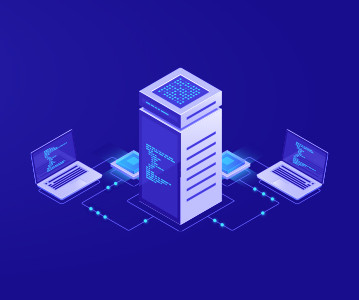

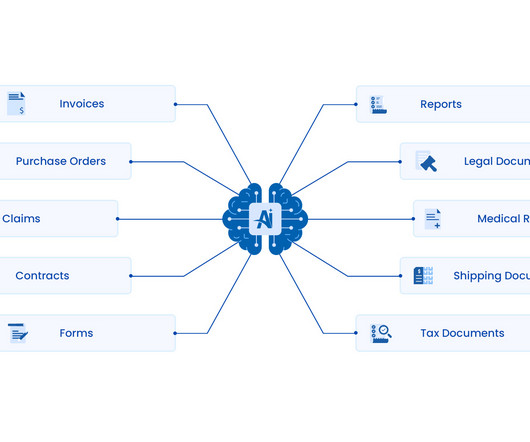



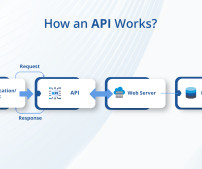
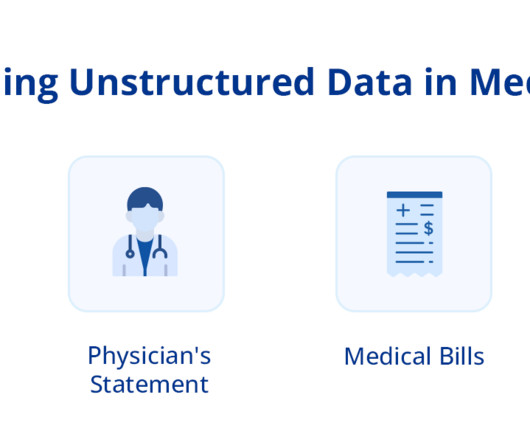


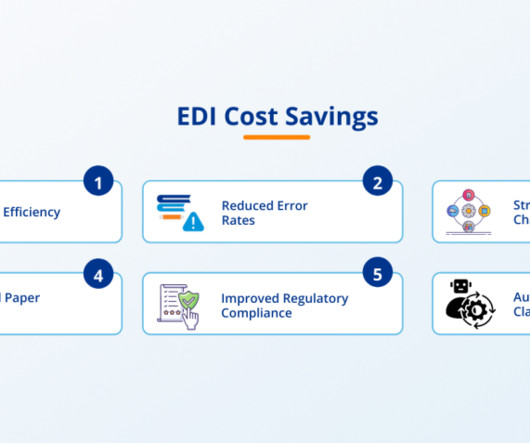












Let's personalize your content